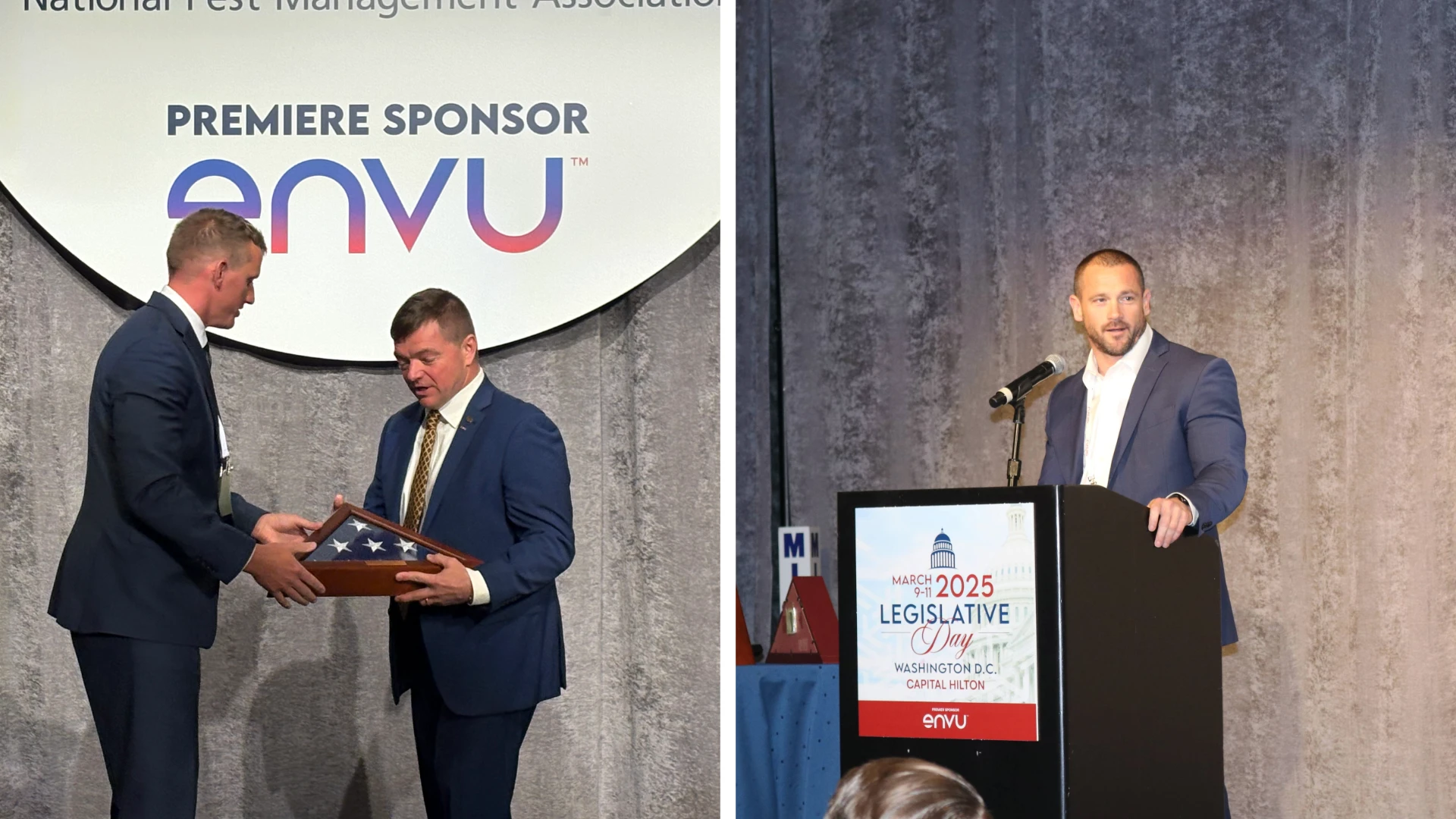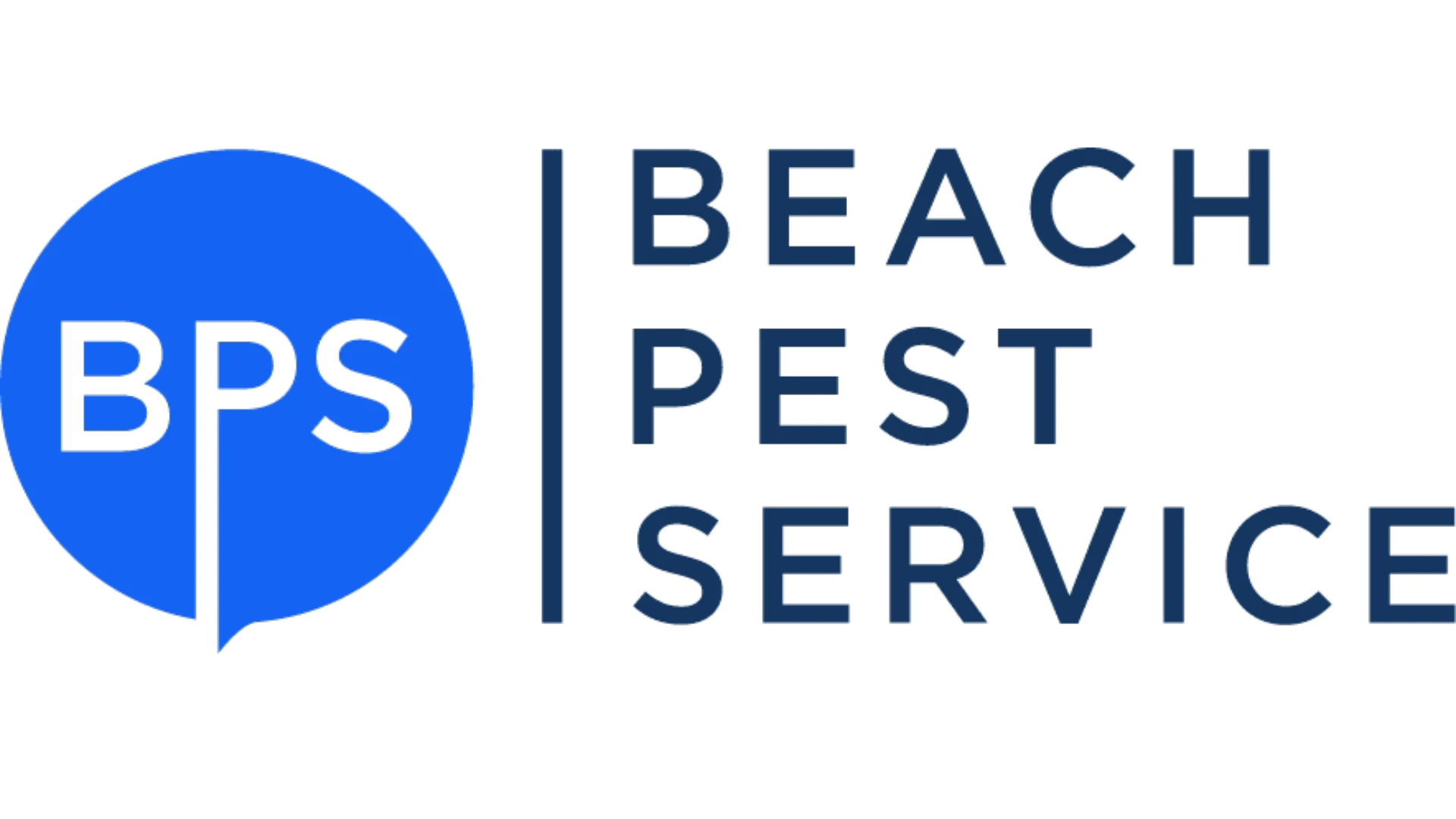These words of Aristotle were uttered well before any organized pest control regulations were recorded: “Even when laws have been written down, they ought not always to remain unaltered.”
That is the task being addressed by pest control regulators, especially in the current atmosphere of “green” that cuts across many industries. Greg Baumann, vice president of technical services for the National Pest Management Association (NPMA), says that the pest control industry and regulators only have been involved in building code issues for about 10 years.
“Today we’re constantly monitoring building codes and constantly participating in making sure the codes will be agreeable to the consumer,” Baumann says, “and nothing will be agreeable to the consumer if we can’t do service work properly.” Previously, in building codes, the only approved technology for use by the pest control industry was liquid soil treatments. As technology expanded with the addition of baiting systems, industry and regulators worked together and fought to add this provision to the building code, and it was adopted along with physical barriers.
However, pressure-treated lumber, which only has to last three years in the soil, also was added to the building code. “We would like to prohibit it from being in the code as a standalone,” says Baumann, “but the reality is that we’re dealing with politics, and the pressure-treated wood lobby is a force to be reckoned with. Sometimes you have to work with these groups to get the best possible solution.”
Currently, the National Association of Homebuilders (NAHB) is proposing a green building program that stresses the use of environmentally friendly products. Unfortunately, Baumann says, pest control regulators weren’t involved, and the NAHB proposed only two options for termite exclusion: plastic shields or gravel, neither of which are in the building code. The industry and regulators are now trying to work with NAHB on a compromise.
CASE STUDY. Steve Dwinell, assistant director of the Division of Agricultural Environmental Services in the Florida Department of Agriculture and Consumer Services, stresses that the pest control industry, regulators, manufacturers and the Environmental Protection Agency (EPA) must work together closely.
A good case study to understand the politics involves EPA data submission guideline 810.3600, which currently addresses soil-applied termiticides and wood treatments. Since it doesn’t reflect any new technologies, regulators want to update this, taking new technology into consideration, and turning this into an EPA regulation. Representatives from the Association of Structural Pest Control Regulatory Officials (ASPRCO), Responsible Industry for a Sound Environment (RISE) and NPMA have been meeting with EPA officials since 2002 on this issue.
In 2003, the groups reorganized the way they were dealing with this issue, and in 2004, they created a revised Memorandum of Understanding (MOU) between ASPRCO and EPA, stating their suggestions about dealing with label review. This MOU paved the way for the formation of the Termiticide Standards Committee.
In the three years since the revised MOU, two more committees have been formed: Performance Standards, which reviews labels; and the Termiticide Scientific Review Panel, a group that advises registrants about relevant data that would demonstrate efficacy of termiticides. Additionally, two joint training sessions with EPA staff have focused on subterranean termites, drywood termites and fumigation. “We need to work more closely with the folks who do the reviews at EPA and get them to understand the issues we’re dealing with,” Dwinell says.
A setback occurred in 2006, when EPA decided not to proceed with any modifications to 810.3600, citing other issues with which it was dealing. But regulators kept honing the guidelines, and working with EPA, so that EPA has tentatively agreed to modify 810.3600, subject to budgets and priorities at the federal level.
One issue regarding termiticides, 810.3600, has been in review for five years, and it’s an issue that impacts pest control operators, manufacturers and EPA.
Dwinell stresses that recently EPA has been setting strategic goals to gauge its performance in protecting the environment. “If they did their job and registered products that are effective, consumers would see a benefit and ultimately the environment would see a benefit because people wouldn’t be replacing destroyed homes,” he says. “It’s an opportunity for us to go back to the EPA and say, ‘If this is one of your goals, this is how you need to go about it.’”
TERMITICIDE EFFICACY. Another issue that regulators are reviewing is efficacy standards. The benchmark level for registering a soil-applied liquid termiticide has been — and currently is — five years. One of the unresolved issues in the debate over modifying 810.3600 is whether or not to change this benchmark. Some, including Jim Wright, regulatory supervisor of the Department of Pesticide Regulation of Clemson University, argue for accepting products that have less than five years of efficacy.
Pointing to the future, Wright imagines that products will have a very different environmental footprint. “It’s probably a product that doesn’t last as long as products we’ve seen in the past,” he says. “It complicates this discussion to a degree because as you see products with a friendlier environmental footprint, we have to figure out how that works and have it translate into effective long-term termite control and it’s going to be a real challenge.”
The issue of efficacy then leads regulators back to label review. “This is not your daddy’s pest control business,” Wright says. “You can’t run it like it was run 20 years ago and, quite frankly, if you’re using a product that doesn’t last five years, only three years, it should be expected and should be responsible for that person selling you the product to put that on the label and tell you up front that it’s only going to work for three years.”
Wright has seen registrants agree to this responsibility, understanding it will help every entity involved in pest control. This information will allow pest control operators to adjust their business models, and remain viable in the industry.
Regulators will continue to help also. “We have a responsibility to you to make sure that when someone sells you a product, and they say it’s going to do this or perform a certain way,” Wright says, “I think we have an obligation to question that and to make sure that it works that way, because you put your livelihoods and business on the line every day.”
The author is a contributing writer to PCT magazine.
Terminology and Key Players
A look at termiticide requirements set forth by the U.S. Environmental Protection Agency and groups who provide EPA with input for making these decisions:
EPA Termiticide Requirements
PR Notice 96-7, which went into effect in early 1998, is the document that kicked off label revisions. The notice called for manufacturers to revise their labels to incorporate standardized language about handling, use and safety precautions that would help reduce risk while also maintaining efficacy.
EPA’s Office of Prevention, Pesticides and Toxic Substances has developed OPPTS 810.3600, which outlines efficacy testing and product performance standards for soil-applied termiticides and wood treatments. OPPTS 810.3800 outlines the efficacy testing and product performance standards for termite bait product registration.
ASPCRO Committees
Termiticide Standards Committee (TSC)
The TSC is comprised of four state regulators, a member from National Pest Management Association (NPMA), and a member from the organization representing termiticide manufacturers, Responsible Industry for a Sound Environment (RISE). The committee provides recommendations to EPA and state regulatory agencies on standards for registering termiticides.
Termiticide Label Review Committee (TLRC)
The TLRC, comprised of state regulators and researchers, evaluates efficacy data submitted by registrants. Once the committee has reviewed sufficient efficacy data and approved its label recommendations, it presents these findings to EPA as described in PR Notice 96-7.
Multi-Stakeholder
Termiticide Scientific Review Panel (TSRP)
A panel of five internationally recognized experts in the field of termite control and biology formed through a cooperative effort among NPMA, ASPCRO and RISE. The panel was created for the purpose of reviewing proposals from prospective registrants for termite control products using new technologies that do not fall within current guidelines established by EPA. The panel makes recommendations to registrants regarding suggested testing protocols, efficacy requirements and other registration and performance requirements. The goal of the panel is to provide registrants with guidance that will likely strengthen acceptance of the registration package at EPA and state pesticide regulatory agencies.
Looking at Labels
Pesticide Registration (PR) Notice 96-7: Termiticide Labeling was adopted on Oct. 1, 1996, by the Environmental Protection Agency (EPA). Jim Wright, regulatory supervisor of the Department of Pesticide Regulation of Clemson University, recalls working on this regulation. “Guess what? Before the ink was dry, we realized some fairly sophisticated problems with the way the label language was presented.”
He said there are three main issues with labeling:
- The labels are redundant. “We don’t need to tell people four times on one label how to do something,” Wright says.
- Stop teaching termite biology on labels. “If your first introduction into killing termites is on the label, we are in a mess,” he says.
- Focus on a more succinct way to apply the product to be effective. “It has to be a certain language that is mandatory; operators have to do it a certain way, and that will take all the guesswork out of it,” Wright says.

Explore the February 2008 Issue
Check out more from this issue and find your next story to read.
Latest from Pest Control Technology
- Understanding Rodents and Bird Flu
- Green Pest Solutions Awards Safest Driver New 2025 Ford F150
- UF/IFAS Sheds Light on Tiny Invaders During Termite Awareness Week
- Registration Open for Lawn & Landscape Technology Conference
- Fleetio Launches Automotive Service Excellence Scholarship
- WorkWave Appoints John Phelan as CTO
- PMPs Use Capitol Hill Visits to Push for Preemption
- 20 Trapping Tips





